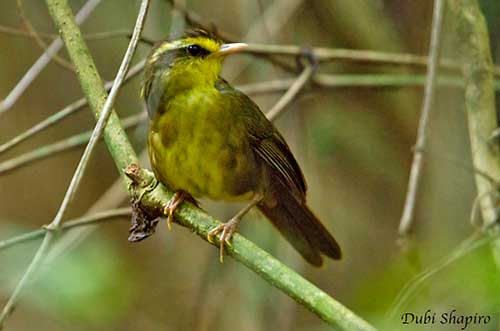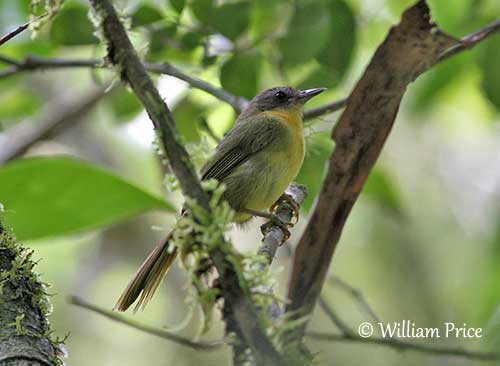
Text by Nicole Bouglouan
Photographers :
Jean Michel Fenerole
Photos d’Oiseaux du monde
William Price
PBase-tereksandpiper & Flickr William Price
Dubi Shapiro
Dubi Shapiro Photo Galleries & Dubi Shapiro's Pictures on IBC
Alan & Ann Tate
AA Bird Photography
Sources :
The Birds of Africa: Volume VIII: The Malagasy Region: Madagascar, Seychelles, Comoros, Mascarenes - Par Roger Safford, Frank Hawkins – ISBN: 1408190494, 9781408190494- Editeur: A&C Black, 2013
Wildlife of Madagascar par Ken Behrens, Keith Barnes - ISBN: 140088067X, 9781400880676 – Editeur: Princeton University Press, 2016
CREAGUS - MALAGASY WARBLERS Bernieridae
Fatbirder - Bernieridae - Malagasy Warblers
Madagascan warbler - From Wikipedia, the free encyclopedia
Bernieridae (Aves: Passeriformes): a family-group name for the Malagasy sylvioid radiation
Cryptic diversity and phylogeography in the bernieridae, an endemic malagasy passerine radiation
FAMILY BERNIERIDAE
The Malagasy warblers
The family Bernieridae is endemic to Madagascar and also known as Malagasy warblers. It contains eleven species of eight genera, coming from families of the Order Passeriformes such as Pycnonotidae, Timaliidae and Sylviidae, and has been recognized as a family only by DNA analysis.
However, new molecular evidence contradicts this classification. Actually, these passerines evolved from an ancient radiation of Malagasy warblers, and this clade is at least nine million years old. But much remains to be resolved to know exactly the relationship of this group which closest relatives may be the African warblers of genus Cisticola that includes very small insect-eaters and was formerly part of the family Sylviidae.

The Malagasy warblers usually have dull colours, often olive-green, brownish or greyish above and yellow to whitish below, with sometimes contrasting head pattern such as pale supercilium, dark eye stripe or white throat. The more terrestrial species have strong legs and feet, and the bill is usually pointed but there are many variations in bill shapes, size of wing and tail, and tarsus lengths. The Long-billed Bernieria has relatively long bill.
Male and female have similar plumage and the juveniles are duller than adults.
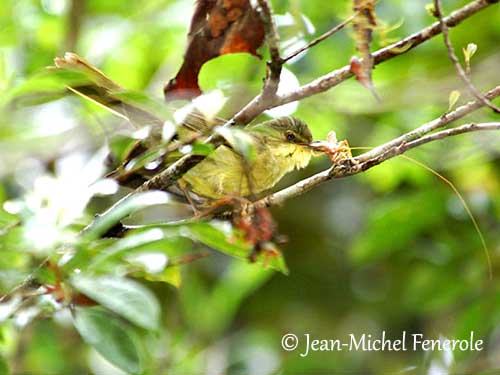
This distinctive cryptic plumage allows the birds to melt into the environment. They are difficult to find, and often heard before to be seen.
The song usually delivered from perch is a series of melodious whistles preceded by a single harsher note. The contact call is generally a single “tsit” or “chep”, with variants according to each species.
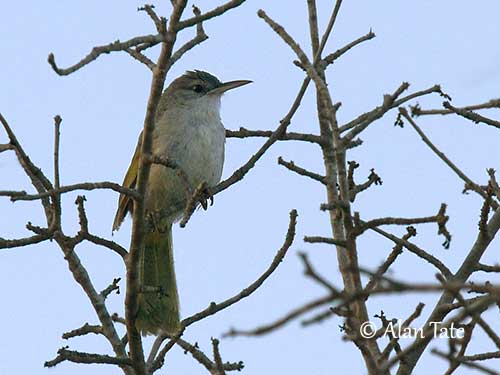
These birds have short wings and some of them have fairly long, graduated tail, involving only short-distance, weak flights. They are not able to perform sustained flights and are sedentary on Madagascar.
Almost all these species frequents the eastern rainforest, at middle or high elevation. They forage, feed and nest in this habitat, and their morphology, plumage colour, legs, feet and bill shape are adapted to this environment.
However, the Thamnornis is found in the spiny subdesert scrub and the scrubby edges of the western deciduous forest in the sub-arid region of S and W coast, whereas the Appert’s Tetraka frequents the dry deciduous forests and montane evergreen forest in SW Madagascar.
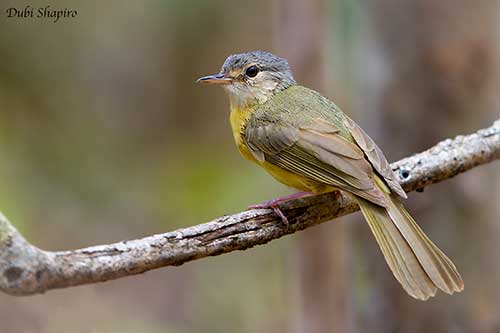
They feed primarily on insects and spiders caught on the ground, in low vegetation, in tree canopy or at treetops by walking, hopping, climbing, gleaning and probing. They are very active, searching for prey in moss, epiphytic plants, leaf-litter, palm fronds, bark, sometimes hanging with fluttering wings, or working in tit-like fashion. They may perform short flights to pursue a flying insect or when foraging from tree to tree.
They are often seen in family groups or in mixed-species foraging flocks outside breeding season.
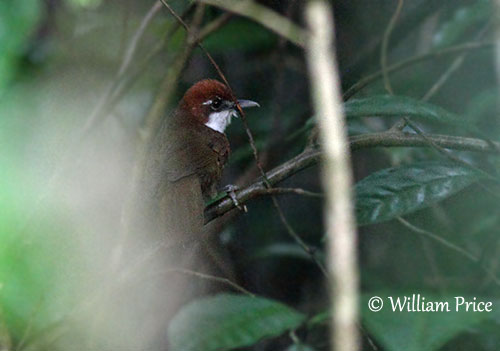
The breeding behaviour of the Bernieridae is poorly known. The courtship displays are unknown, but we can suggest that the head pattern of some species is enhanced by adapted postures during this period. The birds probably sing more often prior to the breeding season. Their breeding system is suspected to be monogamous, although some observations of the Grey-crowned Tetraka may suggest co-operative breeding. The birds become territorial during the season which occurs generally between August/September and January/February.
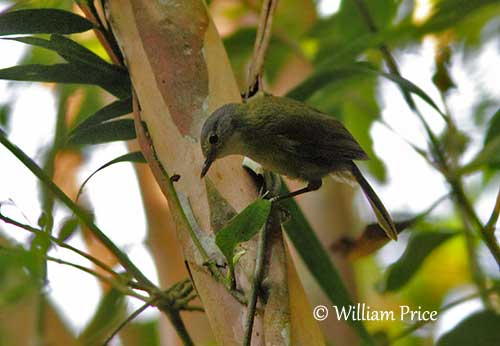
The nest is usually cup-shaped and built in tree fork formed by two horizontal branches, but it may be suspended between twigs too. The nest of the Cryptic Warbler is a globular structure.
The cup is made with dry grass, moss or plant fibres, with a lining of finer material. It is placed near the ground in the understorey, or up to two metres above the ground in shrub.
The clutch contains 1-3 eggs and both parents probably share the nesting duties and feed the young. They are solitary nesters. But more information is required.
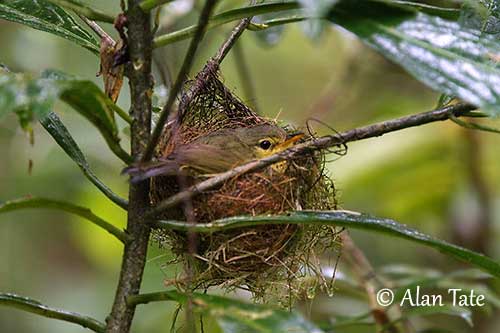
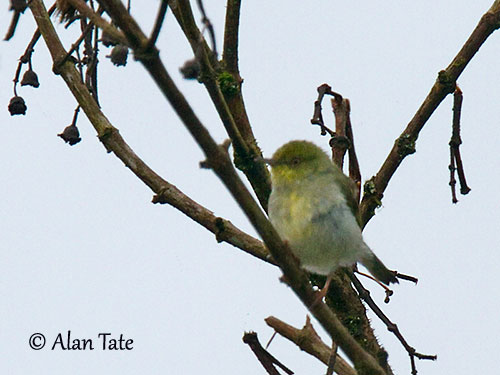
All the species are vulnerable to habitat destruction through clearance, fragmentation and degradation of forests for agriculture expansion and commercial logging. The habitat is also destroyed by slash-and-burn cultivation that involves difficult regrowth.
In spite of being present in several protected national parks and reserves, three species are Near Threatened, two of them are Vulnerable and the six remaining species are evaluated as Least Concern, but all the populations are declining. However, these statuses may change in the future as the forest habitat is continuously degraded owing to the increasing human population.
